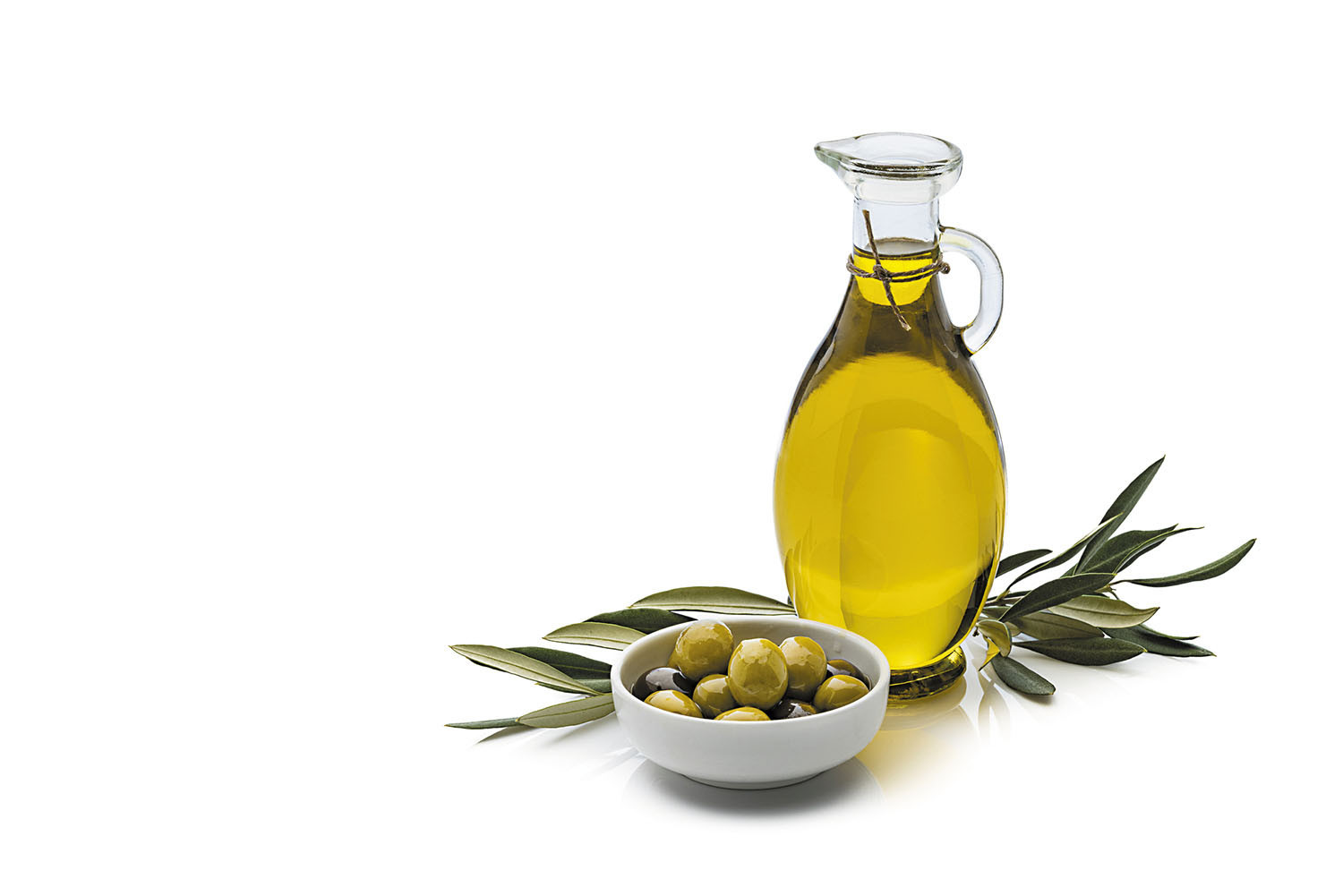Olive oil is renowned for its numerous health benefits, ranging from heart health to skincare. However, not all olive oils are created equal. With a plethora of options lining grocery store shelves, it can be challenging to discern which ones offer the greatest health benefits. To help you make an informed decision, consider these six factors when selecting the healthiest olive oil for your needs.
- Quality of Olives
The quality of olives used in the production of olive oil significantly impacts its nutritional value. Look for oils made from high-quality, fresh olives, preferably harvested at peak ripeness. Extra virgin olive oil (EVOO) is extracted from the first pressing of olives and is renowned for its superior flavor and nutritional profile. It contains higher levels of antioxidants and beneficial compounds compared to refined olive oil varieties.
- Extraction Method
The method used to extract oil from olives can affect its nutritional composition. Cold-pressed and centrifugation extraction methods preserve the integrity of the olive oil, retaining its natural flavor, color, and nutritional content. These methods do not involve the use of excessive heat or chemicals, ensuring that the oil maintains its health-promoting properties.
- Acidity Level
Acidity levels in olive oil can indicate its quality and freshness. Extra virgin olive oil typically has the lowest acidity levels, ranging from 0.1% to 0.8%. Lower acidity levels are associated with better flavor and higher concentrations of antioxidants. When selecting olive oil, opt for varieties with acidity levels below 0.8% for optimal health benefits.
- Polyphenol Content
Polyphenols are powerful antioxidants found in olive oil that contribute to its numerous health benefits. These compounds help reduce inflammation, protect against oxidative stress, and support cardiovascular health. Look for olive oils with high polyphenol content, as they offer superior antioxidant properties. Dark glass bottles can help preserve polyphenols by protecting the oil from light exposure.
- Country of Origin
The geographical region where olives are grown can influence the flavor and nutritional profile of olive oil. Mediterranean countries, such as Greece, Italy, and Spain, are renowned for producing high-quality olive oils due to their ideal climate and soil conditions. When possible, choose olive oils labeled with a specific region or country of origin to ensure authenticity and quality.
- Storage and Packaging
Proper storage and packaging are essential for maintaining the freshness and quality of olive oil. Exposure to light, heat, and oxygen can accelerate oxidation and degrade the oil’s flavor and nutritional content. Opt for olive oils packaged in dark glass bottles or metal tins, as they offer better protection against light exposure. Store olive oil in a cool, dark place away from heat sources to preserve its freshness and flavor.
In conclusion, the healthiest olive oil is one that is made from high-quality olives, extracted using gentle methods, and packaged to preserve its freshness and nutritional integrity. By considering factors such as olive quality, extraction method, acidity level, polyphenol content, country of origin, and storage, you can confidently select an olive oil that offers optimal health benefits. Incorporating high-quality olive oil into your diet can be a flavorful and nutritious addition to support your overall health and well-being.






